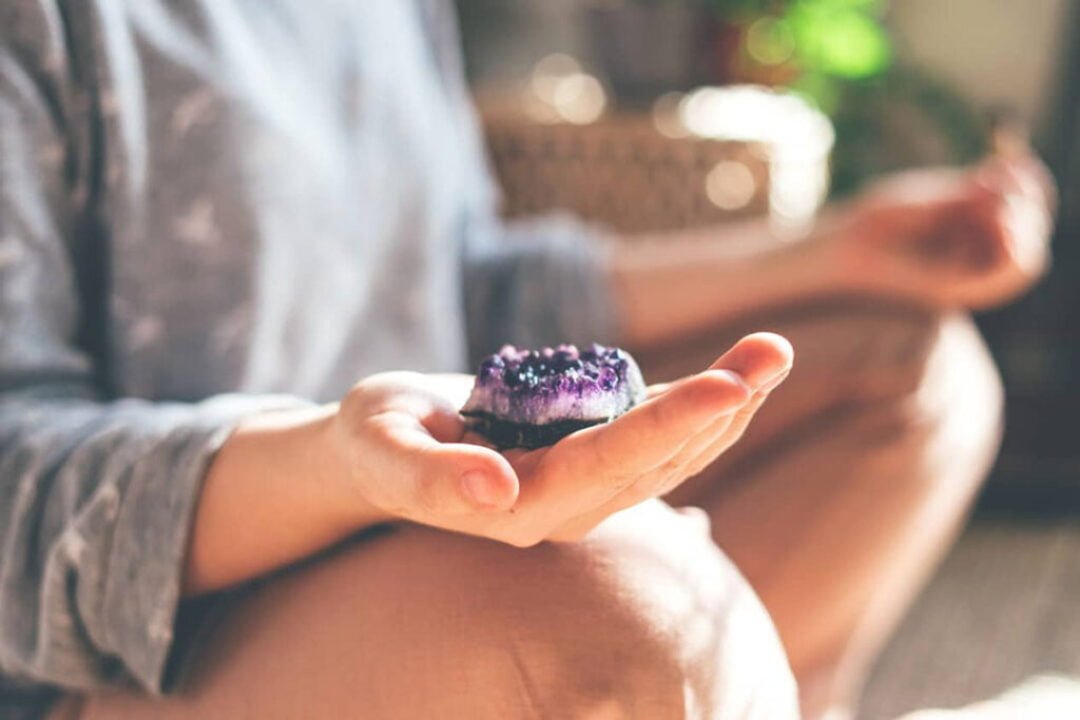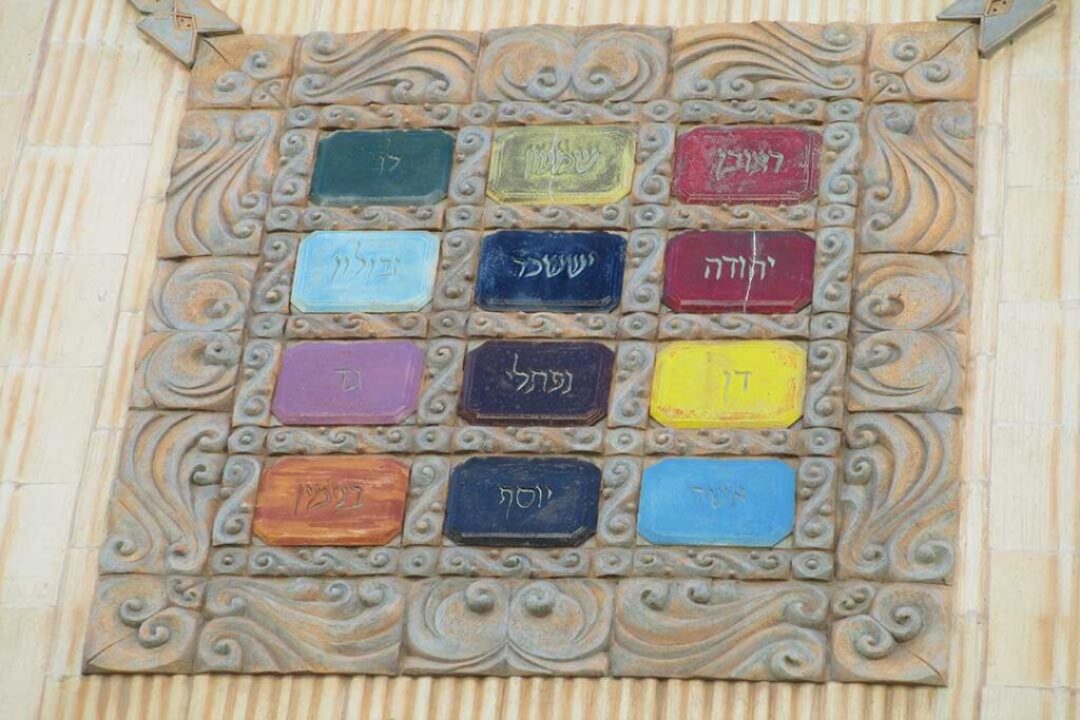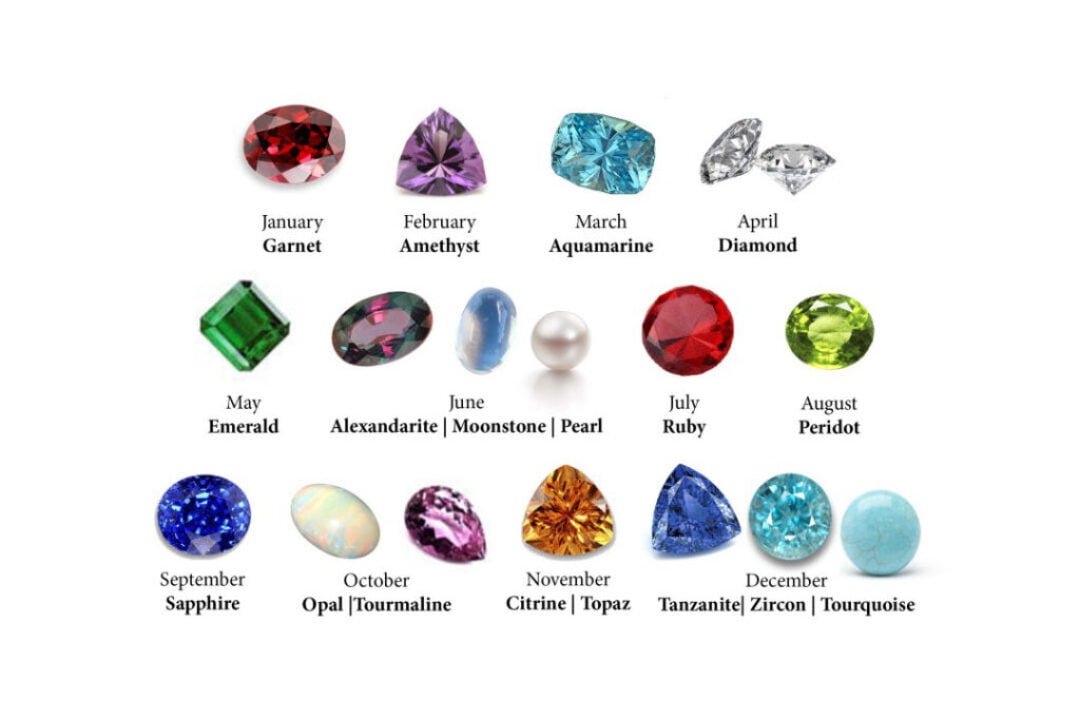
The symbol of “Fatima Hand” is known all over the Middle East and North Africa. The “hamsa” has been variously interpreted by scholars as a Jewish, Christian, or Islamic followers and as a pagan fertility symbol. The symbol dates back to cave paintings.
The name comes from Mohammed’s daughter Fatima. The five fingers represents the 5 pillars of Islam but is mainly a symbol used for protection and used as defence to ward of the Evil eye .The “evil eye” is a curse believed to be cast by a evil glare, which is usually directed towards a person who is unaware. Many are the cultures who believe that receiving the “evil eye” will cause one misfortune, bad luck, ill health, injury or even death. And the saying goes that if your Fatima Hand amulet bears a crack, it means it has been protecting the wearer from very bad luck.
Often the “Fatima Hand” is decorated with an eye. It represents the eye that sees everything. The eye watches out for the person in possession of the “Fatima Hand” and warns about and protects against evil encounters.
The “Fatima Hand” also represents femininity, as it is shown as the woman’s holyhand. In Jewish tradition it refers to the “Hand of Miriam”, in reference to the sister of Moses and Aaron.
Another name for it is “Hamsa” because of it’s five fingers. Hamesh means 5 in Hebrew or Kamsah has the same meaning in Arabic.
It is used for various forms of jewellery including small charms enbraided into little girls hair to protect them. As commonly it is painted at houses to ward of evil, sometimes with red paint from sacrafised animals. In Israel you can find “Hamsas” made of a variety of materials to hang on the wall of your house or buisness or a ex a room of an expecting mother. Eventhough previously looked down upon by Ashkenazi communities in Israel it is today commonly spread and accepted.
Some traditions believe that The Fatima Hand should be worn down to ward off Evil, and up to bring good luck. But we leave that up to you. With the positive energies of this symbol the wearer will always be protected.



